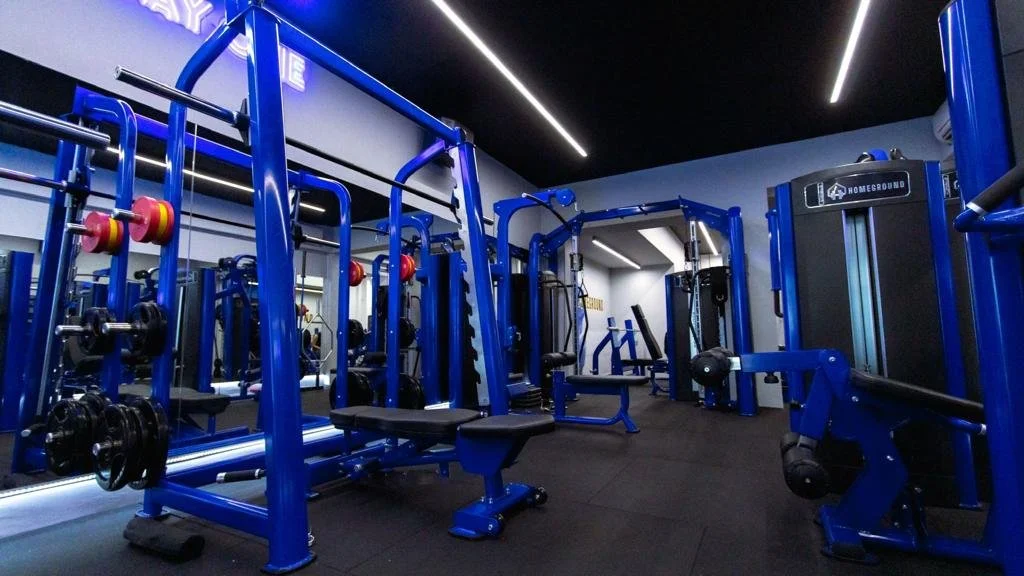
Nutrition & Weight Management
5 proven weight loss diet tips that won’t leave you hungry
Aiming to lose weight? Believe it or not, simply eating less isn’t the answer. The fact is that different types of food can affect how well your weight loss plan works, as some can leave you craving so much that you’ll end up breaking your diet anyway!
The secret is actually to focus on the types of food you’re eating and how you’re eating them. In this article, we’ll use a science-based approach to look at how to eat smarter for weight loss without jeopardising that weight loss with hunger pangs. Let’s dive in.
1. Include more satiating foods in your diet
Satiating foods are ones that satisfy your appetite, helping you address two of the biggest culprits in diet failure: cravings and hunger pangs. By focusing on these, you can feel fuller and more content after every meal, making you less likely to snack or take in unnecessary calories.
The trick is to replace foods that have low satiety index scores with ones bearing high satiety index scores. If you look at the index below, for example, you should replace things like white bread with porridge for a big boost in satiety. You should also replace things like liquid calories with solid foods, because people seem to find them less satisfying than the latter.
However, it’s still advised to do some trials so that you can see what works specifically for you. Sometimes, the things that sate our hunger differ from the ones that sate others, so it’s best to test until you find the right food for your diet plan.
2. Choose low-calorie-density foods
Low-calorie-density foods are ones low in calories but high in volume. Usually, these foods are high in volume because they contain a lot of water – good examples include fruits and vegetables.
Because these foods contain fewer calories than their volume may indicate, you’re able to eat more of them before you even get to the usual caloric limits for a diet plan. The fact that such foods are also usually high in fibre helps with the feeling of satiety while aiding digestion. And, of course, their high volume takes up more space in your gut, which means you think you’re fuller for longer.
Different studies have investigated such foods and repeatedly proven their value in bringing down actual caloric intake. One study found people taking low-caloric-density foods eating only about half the total calories of people on high-caloric-density diets, despite both groups feeling full. Another found low-caloric-density dieters seeing over 3 times the weight loss of high-caloric density dieters after more than 6 months.
To switch to a low-caloric-density diet plan, start by checking the foods you eat against the chart below. Generally, you’ll see items high in fibre and water (like veggies) having the lowest caloric density!
3. Be mindful of fat intake
Although fats are essential for survival and we need to include healthy fats in our diet, it’s the macronutrient with the highest caloric density.
Going back to our previous tip, studies have shown that fats have the lowest impact on fullness. A tablespoon of olive oil, for example, takes up far less space than a bowl of white rice – yet it has the same amount of calories!
That’s why it’s wise to limit your fat intake to 15-25% of your daily caloric intake. Allocate the rest towards carbs and protein, which will make you feel full faster and longer, which means eating less in general.
4. Focus on less-processed foods
Foods that are less processed have been shown to be better for weight loss than their more processed counterparts. That means it’s better to choose foods such as brown rice, wholemeal bread, and oats over white rice, white bread and cereals.
There are several reasons for this. Less-processed foods often have more nutrients, suppress appetite better, and have a higher thermic effect, i.e. actually require more calories to digest compared to more-processed ones.
In one study, for example, the group that ate mostly whole-grain food burned an average of 100 kcals more per day compared to a calorie-and-macronutrient-equated diet consisting of highly processed and refined grains. That’s equivalent to jogging 1 mile per day by simply switching your grain types! How’s that for optimised dieting?
5. Eat a heavier breakfast
Although it’s still the total amount of calories that you consume that matters the most for weight loss, the way you distribute those calories throughout the day can have a big influence on total consumption. That’s where this tip comes in – ideally, you should eat big breakfasts and small dinners.
One study tested this by making one group of participants eat a high-calorie breakfast and lower-calorie lunch and dinner. Meanwhile, another group ate a high-calorie dinner and a lower-calorie lunch and breakfast.
Both groups ate the same total calories per day. Despite that, the first group had lower hunger levels, less cravings for sweets, and higher energy levels. This means that they will be able to adhere to their diet more easily and will burn more calories from higher energy levels during workouts!
Get more tips for your weight loss plan
These weight loss and diet plan tips we’ve shared are just the beginning. There are so many more strategies you can take to make the path to your ideal body easier for you!
For instance, you can also come to places like Homeground Gym for help. At our centres, you not only have all of the fitness equipment you could possibly need, but also a team of experienced personal trainers who can guide you with nutrition planning and more.
We can even personalise the plan to suit your body type and needs, as well as craft an accompanying fitness plan to achieve your specific goals. Enquire now at Homeground Gym so we can get started today!
Related Blog Posts
Sep 4, 2023
Oct 3, 2023
Nov 7, 2023








